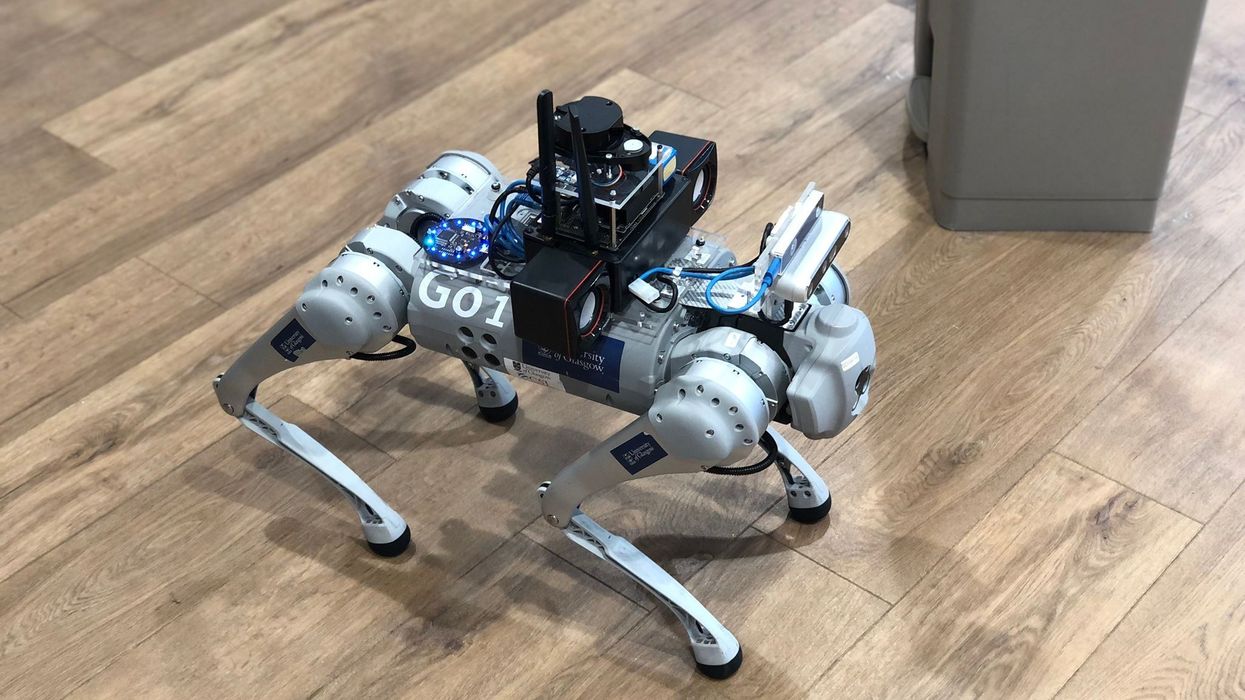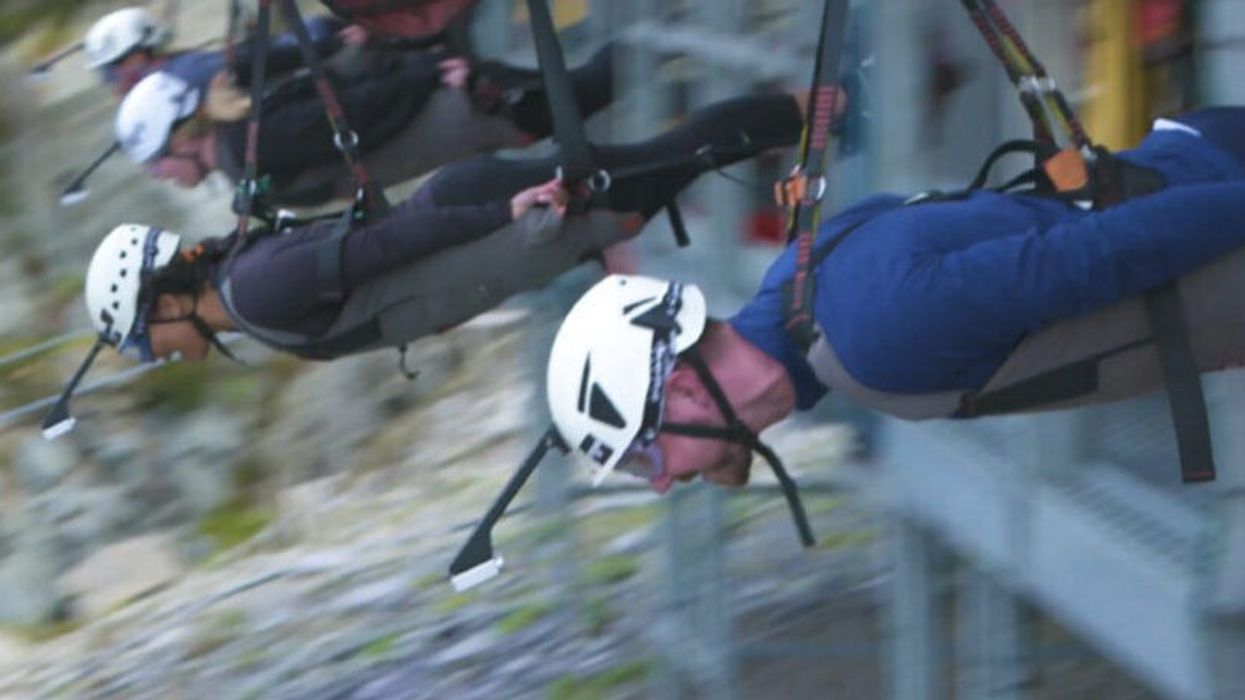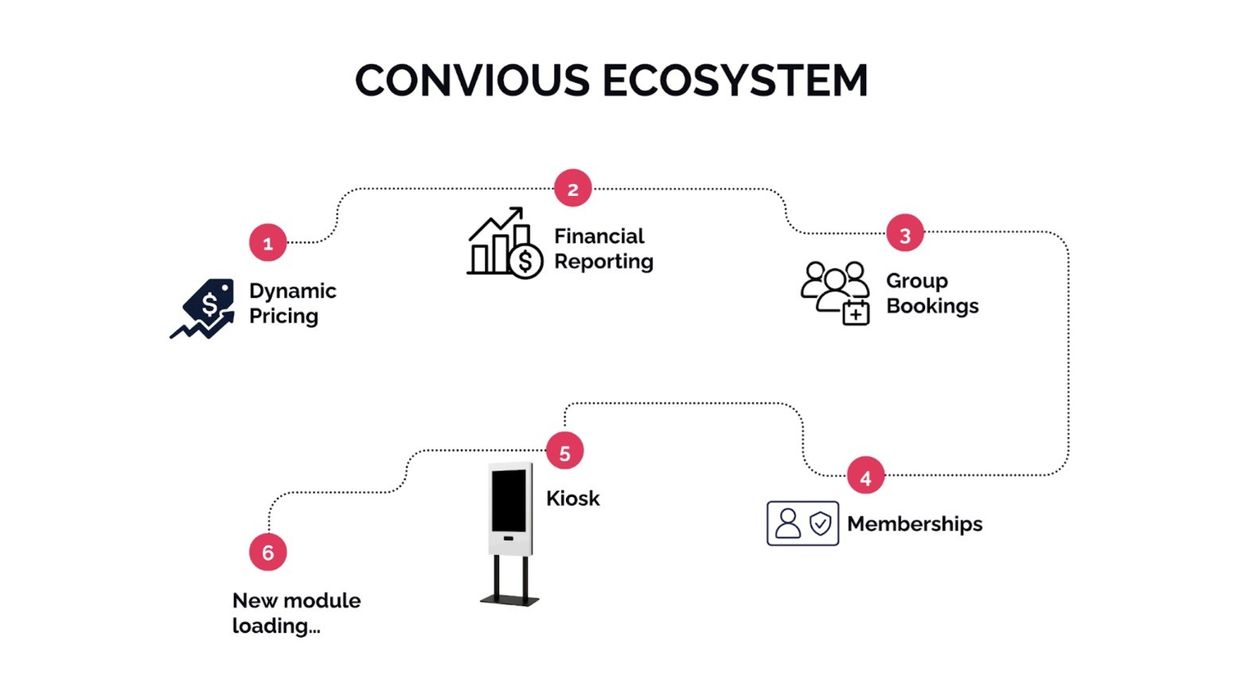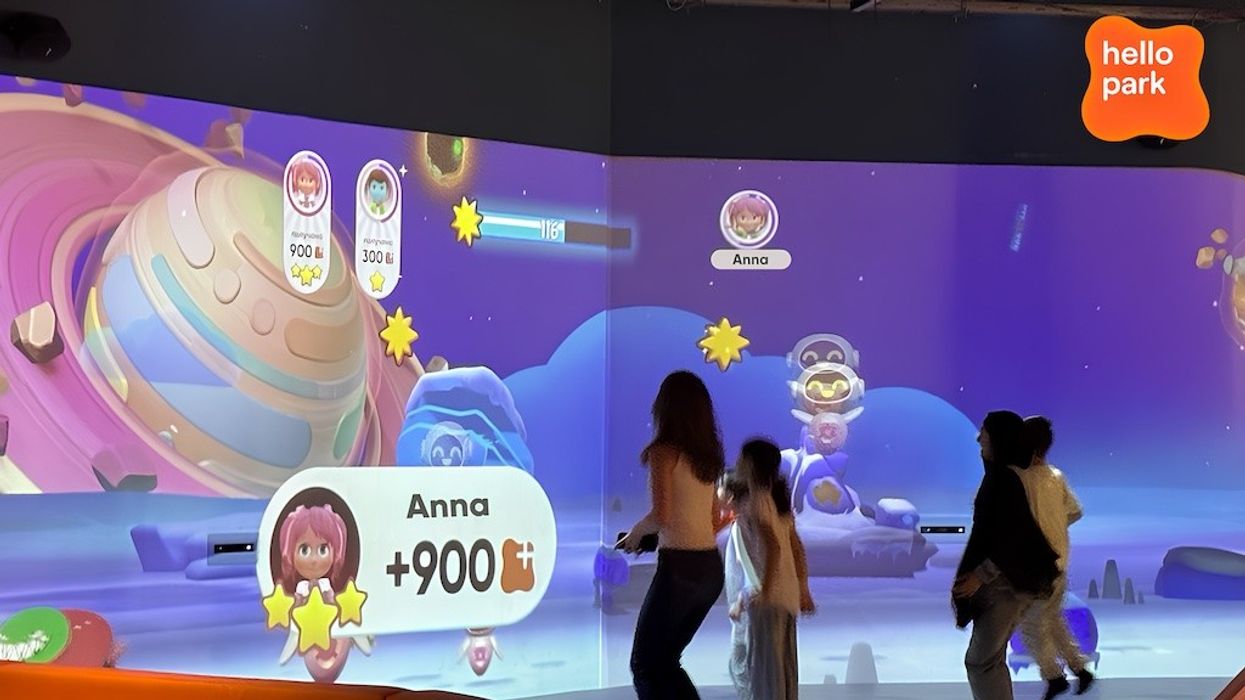Experts from the University of Glasgow in Scotland are testing an AI-powered robot guide dog to help blind and partially sighted visitors find their way around indoor spaces.
RoboGuide, a four-legged robotic dog capable of chatting to humans, is in development at the university’s James Watt School of Engineering.
The robodog aims to help visually impaired people move more independently through museums, shopping centres, hospitals, and other public places.
Professor Muhammad Imran, dean of graduate studies at the James Watt School of Engineering and co-investigator on the project, says: "Our assistive technology project for the visually impaired embodies innovation, fostering inclusivity.
"In Glasgow, we're pioneering world-changing technologies that hold the potential to transform lives and reshape societal norms."
Per a press release, the RoboGuide prototype integrates various cutting-edge technologies into an off-the-shelf robot body.
Dr Olaoluwa Popoola, of the university’sJames WattSchool of Engineering and the project’s principal investigator, explains: "Assistive technologies like the RoboGuide have the potential to provide blind and partially sighted people with more independence in their daily lives in the years to come.
"One significant drawback of many current four-legged, two-legged and wheeled robots is that the technology which allows them to find their way around can limit their usefulness as assistants for the visually impaired.
"Robots which use GPS to navigate, for example, can perform well outdoors, but often struggle in indoor settings, where signal coverage can weaken. Others, which use cameras to ‘see’, are limited by line of sight, which makes it harder for them to safely guide people around objects or around bends."
The RoboGuide system uses sophisticated sensors mounted on the bot's exterior to map and assess its surroundings. The robot learns the optimal routes between locations and interprets the sensor data in real-time to avoid moving obstacles thanks to software developed by the project team.
RoboGuide tested at Hunterian museum
Additionally, the system incorporates large language model technology, which means the robodog can understand questions from users and provide verbal responses.
The RoboGuide project is supported by the Forth Valley Sensory Centre charitable trust and the Royal National Institute of Blind People in Scotland.
In December, the RoboGuide was tested for the first time with volunteers from both organisations at the Hunterian, Scotland's oldest museum.
The project team aims to bring a more complete version of the technology to market in the near future.
Dr Wasim Ahmad, of the James Watt School of Engineering and co-investigator on the project, says: "Ultimately, our aim is to develop a complete system which can be adapted for use with robots of all shapes and sizes to help blind and partially sighted people in a wide range of indoor situations.
"We hope that we can create a robust commercial product which can support the visually impaired wherever they might want extra help."
Image courtesy of the RNIB Scotland

















 Jade Craig
Jade Craig
